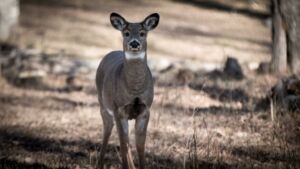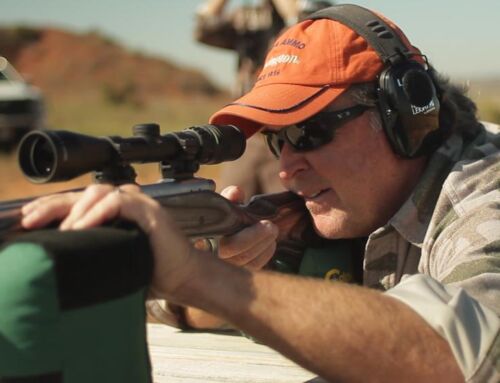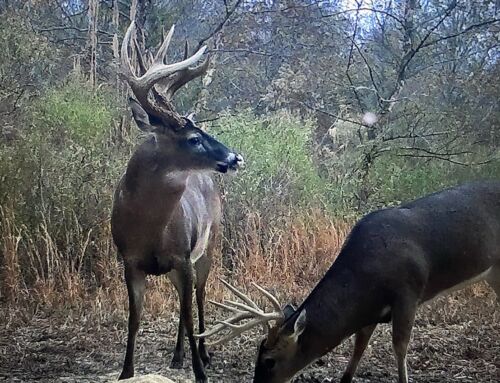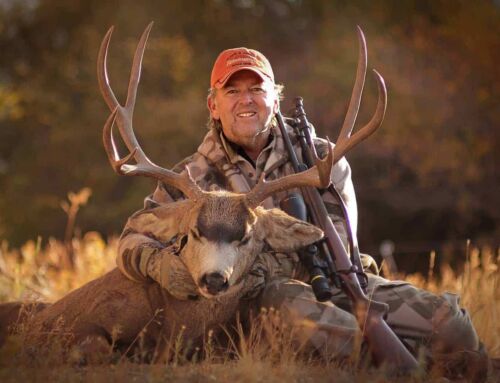 In this open letter to hunters as the 2023 season kicks off, Chad Stewart, deer management specialist with the Michigan DNR, writes: …”the typical Michigan hunting philosophy to date is to hold off on taking antlerless deer until later in the season.”
In this open letter to hunters as the 2023 season kicks off, Chad Stewart, deer management specialist with the Michigan DNR, writes: …”the typical Michigan hunting philosophy to date is to hold off on taking antlerless deer until later in the season.”
While there are exceptions to this way of thinking, that is the predominant philosophy of whitetail hunters in most states: Spend the early archery season and the rut trying to get your buck, then maybe shoot a doe or 2 for the freezer after Thanksgiving until the season ends.
But in regions where there are too many antlerless deer, where the buck/doe ratio is out of balance, such as in the Lower Peninsula of Michigan right now, that is not the best way to go.
In his letter Chad Stewart goes on to write: If hunters (would fill) their freezers with antlerless deer, especially early in the season, it can provide a tremendous benefit to your current-year and future years’ deer herd. Intense doe harvest early in the season can help balance out the buck-to-doe ratio prior to the rut, which can intensify the rutting activity you see. If you think about having a lot of does on the landscape with fewer bucks, the competition for breeding can be greatly reduced, since many of these does are coming into estrous around the same time.
One of America’s top whitetail biologists agrees. Dr. Grant Woods says, “If some does are removed during the first part of the season, usually before rut, then there are fewer does for the bucks to expend energy on chasing, breeding, etc. This is a significant point. In addition, the does harvested during early season obviously won’t consume critical food that the residual animals in the herd need for the winter months. Hence from a biological point of view, in areas with an overpopulation of does, doe harvest earlier in the season is better.”
Grant goes on to say, “Based on my experience most hunters that wait until the end of season to shoot does rarely meet their antlerless harvest quota. Hence, progress of their deer management program is delayed. Sometimes the habitat is degraded more than it can recover in a year–especially true if the primary food source is native vegetation and not cultivated plants (crops) to be replanted next spring. In addition, fawns in densely populated deer areas where there is not optimal forage for every deer will not express their full potential for years. It’s just like malnourished young of other species, including humans.”
So stick a doe, fill the freezer and feel good about it this weekend.





